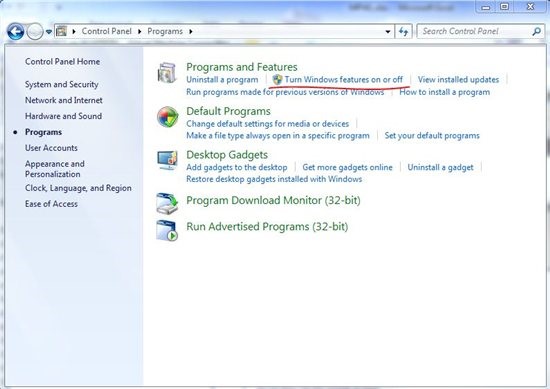

Performance: How a $90 Pentium stacks up, in brief There are few things that Windows straight-up can’t do, though, which means this box can evolve easily as my needs change. It lacks the relative simplicity and some of the Mac-specific features of OS X, and it’s not the best tool for every one of these jobs. Point being, even non-server Windows is capable of being decent home server software with the right additions. There are even some hacky ways to get Time Machine backups working if you’re willing to work at it, though admittedly this is one thing that desktop Linux, FreeNAS, and dedicated NAS hardware is better at. You can use it as a Web server or an e-mail server. And Windows is compatible with most server apps a consumer would want to run, including the Plex media server software, iTunes library sharing, and OpenVPN.

Windows 10 Pro lets you host Remote Desktop sessions, and Microsoft offers good first-party Remote Desktop client apps for all major operating systems (Linux excepted). You get guaranteed access to the latest version of the widely available SMB file-sharing protocol. Storage Spaces is a big draw of Windows for me, but there are some other niceties. I went with ReFS because of its added resiliency features, but you can go with NTFS if you prefer a mature, battle-hardened filesystem over ReFS’ new features. Windows 10 includes a ReFS formatting option for Storage Spaces in consumer Windows. Performance is good-comparable to hardware RAID 1, most of the time-and as of Windows 10 there are PowerShell and GUI commands for rebalancing if you add new disks. It might not make sense for you.įor a Storage Space set up with two-way mirroring, though, those things aren’t problems.

If something goes wrong, I’m more confident in my ability to dig down and figure it out (or, failing that, my ability to blow the OS away and start again without losing any of my data). That said, Windows was the right choice for me, partly because it has some features I like, partly because Windows drivers tend to be better-supported and more robust than Linux drivers, partly because it’ll run the apps and games I want, and partly because I just feel more comfortable troubleshooting Windows. More advanced users who also want to use their NAS box as a home router or to provide other services might be better served by a server Linux distro, and desktop Linux can be fine for people who also want to use their home-built NAS as a computer. Many home NAS builders are going to do just fine with a free purpose-built operating system like FreeNAS or NAS4Free, which in some ways can be more straightforward to set up and manage.


 0 kommentar(er)
0 kommentar(er)
